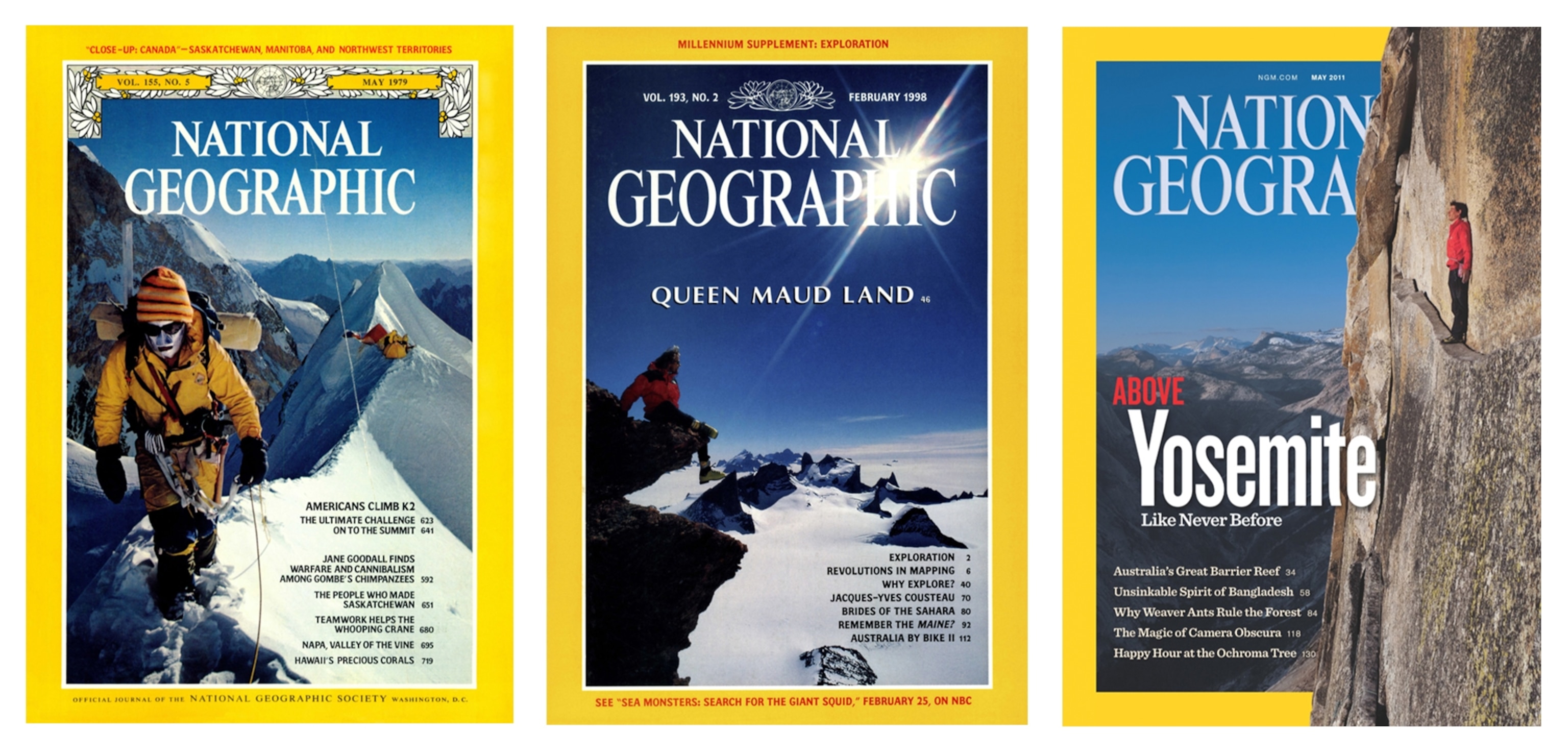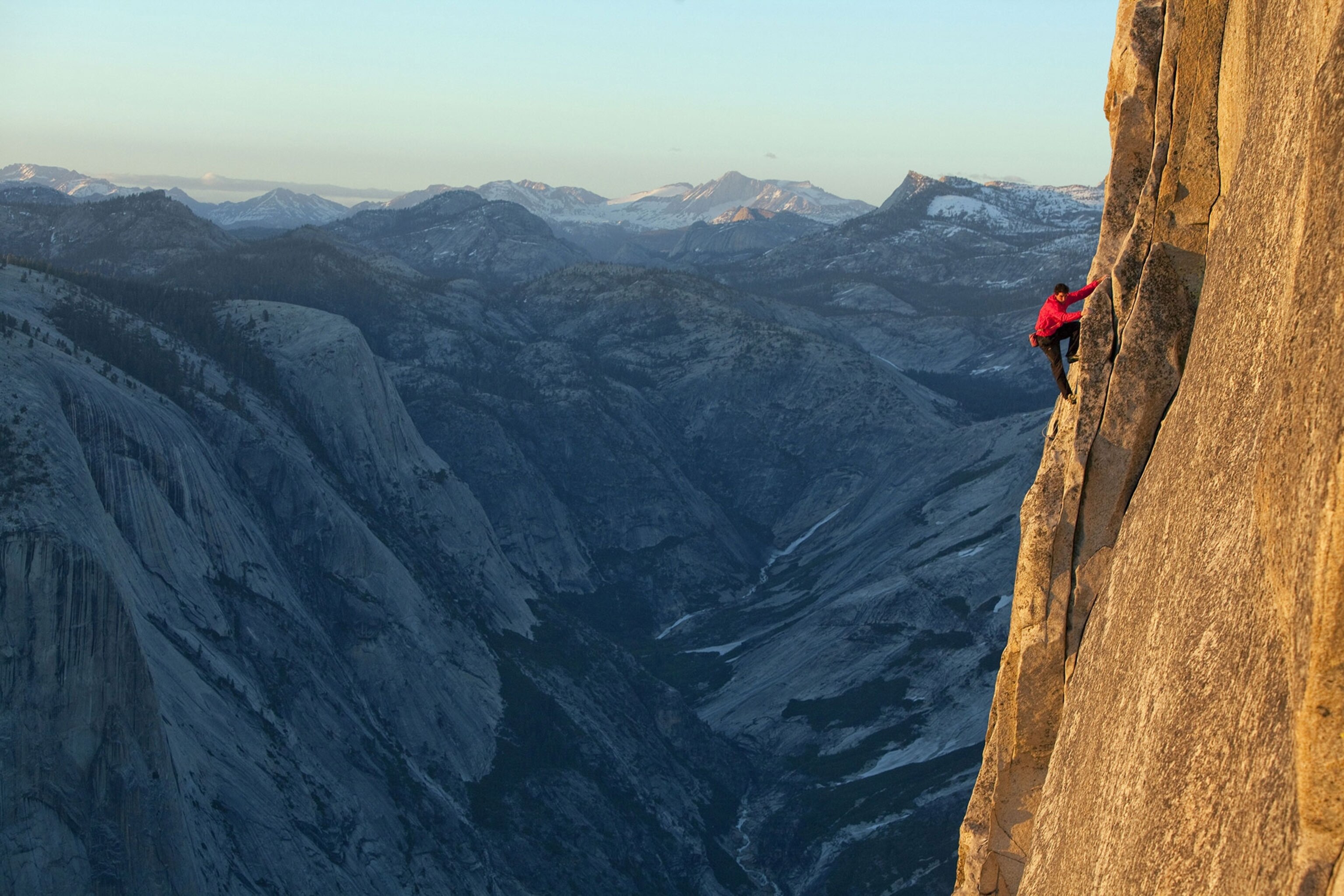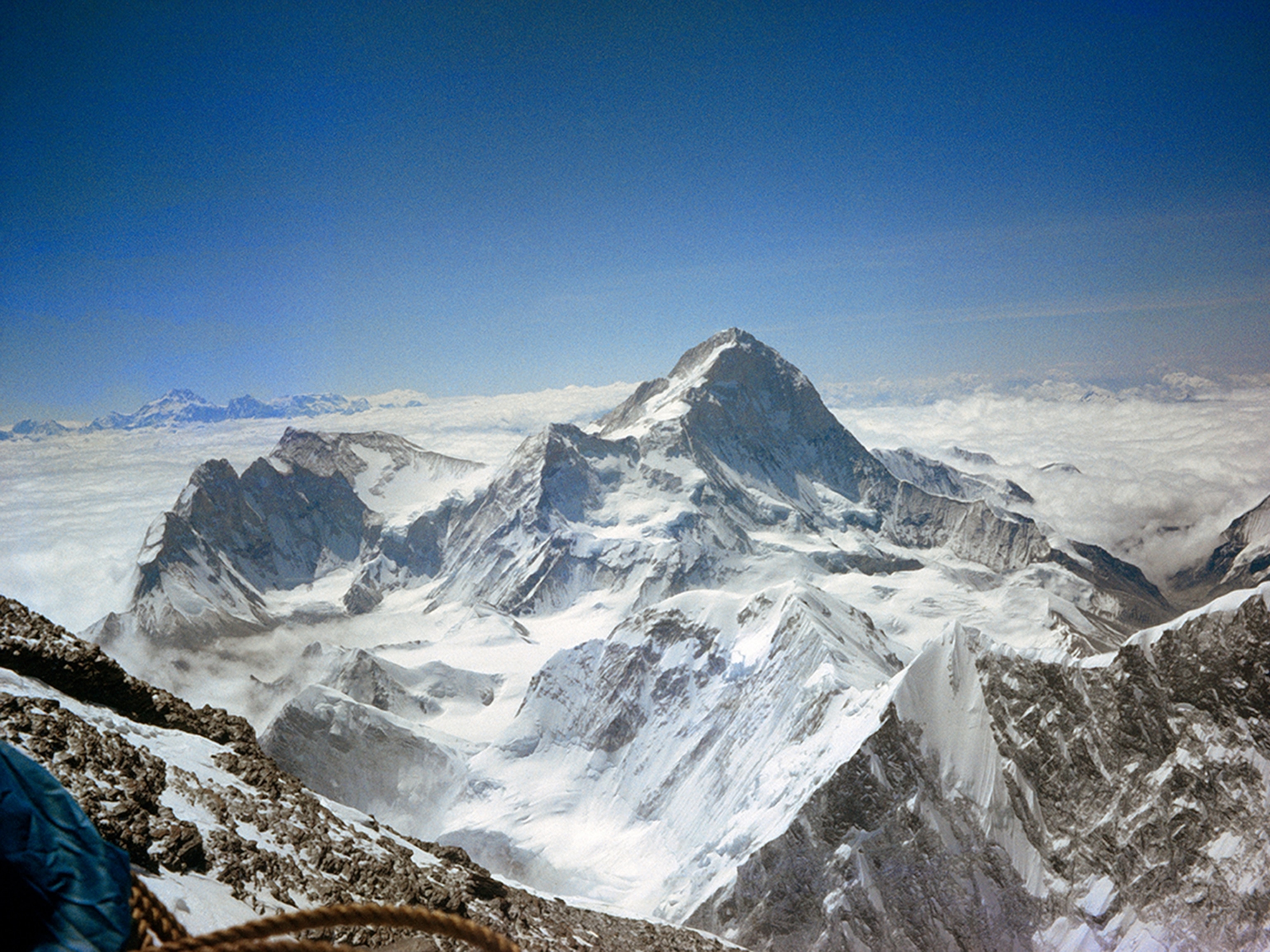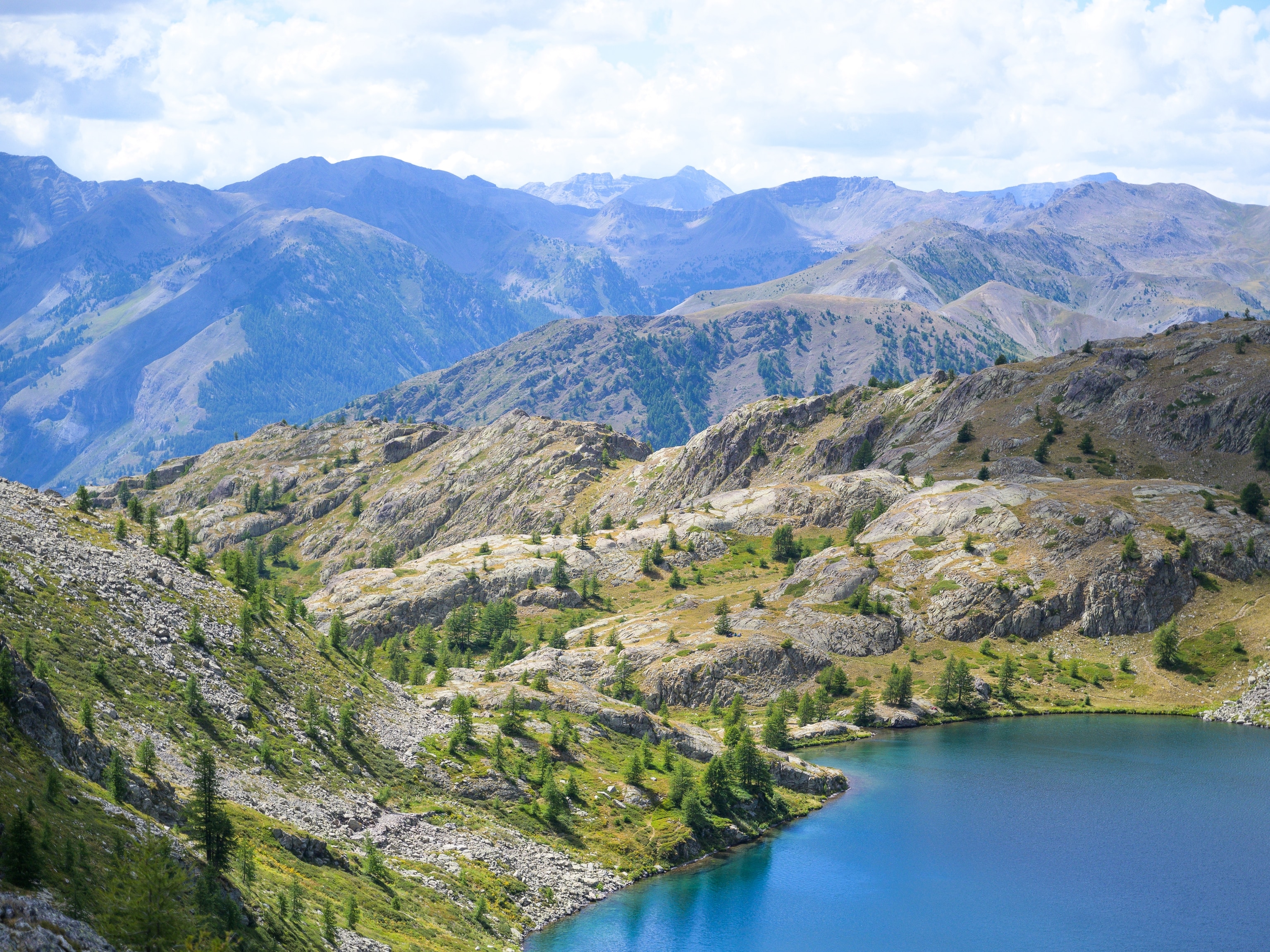
Inspiring the Next Generation of Climbers
This expedition is a new link in an important chain of exploration.
“Now that I’ve had my heart attack and I can officially consider myself a has-been, I can start sharing all my secrets,” says Conrad Anker, 55, jokingly.
In 2016, Anker sustained a heart attack while climbing with the Austrian alpinist David Lama in the Himalaya. After self-rescuing down the mountain, Anker was air lifted to a hospital to receive treatment. This is his first expedition since this scare.
Cedar Wright is the official leader of this expedition. Unofficially, however, he would agree that the de facto trip captain is Anker, who has more than 50 major expeditions under his belt, including 11 prior trips to Antarctica.
Anker’s Antarctic History
In 1996-97, Anker was part of a National Geographic climbing expedition to Queen Maud Land. Anker, then 34, and Alex Lowe, 38, were the star climbers of the trip and probably two of the best mountaineers in the world at the time. The friends were at the height of their climbing careers. They led the way on the first ascent of Rakekniven, a prominent granite blade about 40 miles south of the Wolf’s Jaw massif.
In 1999, Lowe perished in an avalanche on the slopes of Shishapangma. Anker was swept up in the avalanche debris, but he had run in a different direction than Lowe so was miraculously spared the same fate. Lowe’s death left the climbing world reeling, but obviously no one was more affected than Lowe’s wife, Jenni, and their three young boys, Max, Sam, and Isaac. Following the tragedy, Conrad supported Alex’s family and eventually it felt right to everyone involved that Conrad and Jenni would marry, and he became a father to the boys.
In 2016, the remains of Lowe’s body were discovered on Shishapangma. The family traveled to the mountain to retrieve the remains. Anker says he has brought some of his dear friend’s ashes on this trip to Antarctica. If the opportunity presents itself to re-climb Rakekniven, he hopes to release them from the summit.

A Link in the Chain
Jon Krakauer was also on the 1996-97 Queen Maud Land expedition, his first climbing trip since his harrowing ordeal on Everest in the spring of 1996, which was documented in his monumental work Into Thin Air. Other teammates included Gordon Wiltsie, a photographer, and Mike Graber and Rick Ridgeway, who were there to shoot a documentary film.
Ridgeway was part of the team that achieved the first American ascent of K2 in 1978. A subsequent article detailing their harrowing struggle to achieve this ascent landed in the May 1979 issue of National Geographic, with Ridgeway appearing on the cover climbing a ridge and wearing a reflective pie mask to prevent sunburn. He only wore the mask for five minutes on the entire trip, however, as it didn’t work and was uncomfortable, yet it was ironically the shot used for the cover.
“I was a kid when that issue with Ridgeway on the cover came out,” says Anker. “We used to joke that it’s not real climbing until you’re wearing a pie mask. That issue was inspiring to me, so there’s this cool connection there.”

A New Generation of Climbers
In a way, Anker represents an intergenerational link between multiple eras of exploration and adventure. Once a decade, there seems to be a passing of the torch from one generation of explorers to the next. Coincidentally, these events are often immortalized by a National Geographic cover—which begets the next generation of explorers.
- National Geographic Expeditions
Ridgeway’s 1979 cover inspired a young Anker to become a mountaineer. Then Ridgeway joined Anker and Lowe on the 1996-97 Queen Maud Land expedition, not just as a camera guy but as a mentor. The subsequent cover featuring Anker sitting on a summit and overlooking the alien landscape of Queen Maud Land sparked the imaginations of a whole new crop of explorers, including Alex Honnold and Cedar Wright, who were both coming of age as climbers when the issue came out.
Little more than a decade later, Jimmy Chin’s cover shot of Honnold soloing Half Dome appeared on the May 2011 cover, and who knows how many young climbers and explorers have cherished that issue and will one day find themselves on an extraordinary expedition under the mentorship of one of the characters featured on this trip.
And so it goes, the torch burns on.
“To take my experience of being in Antarctica and share it with this younger generation is going to be a lot of fun,” says Anker.





